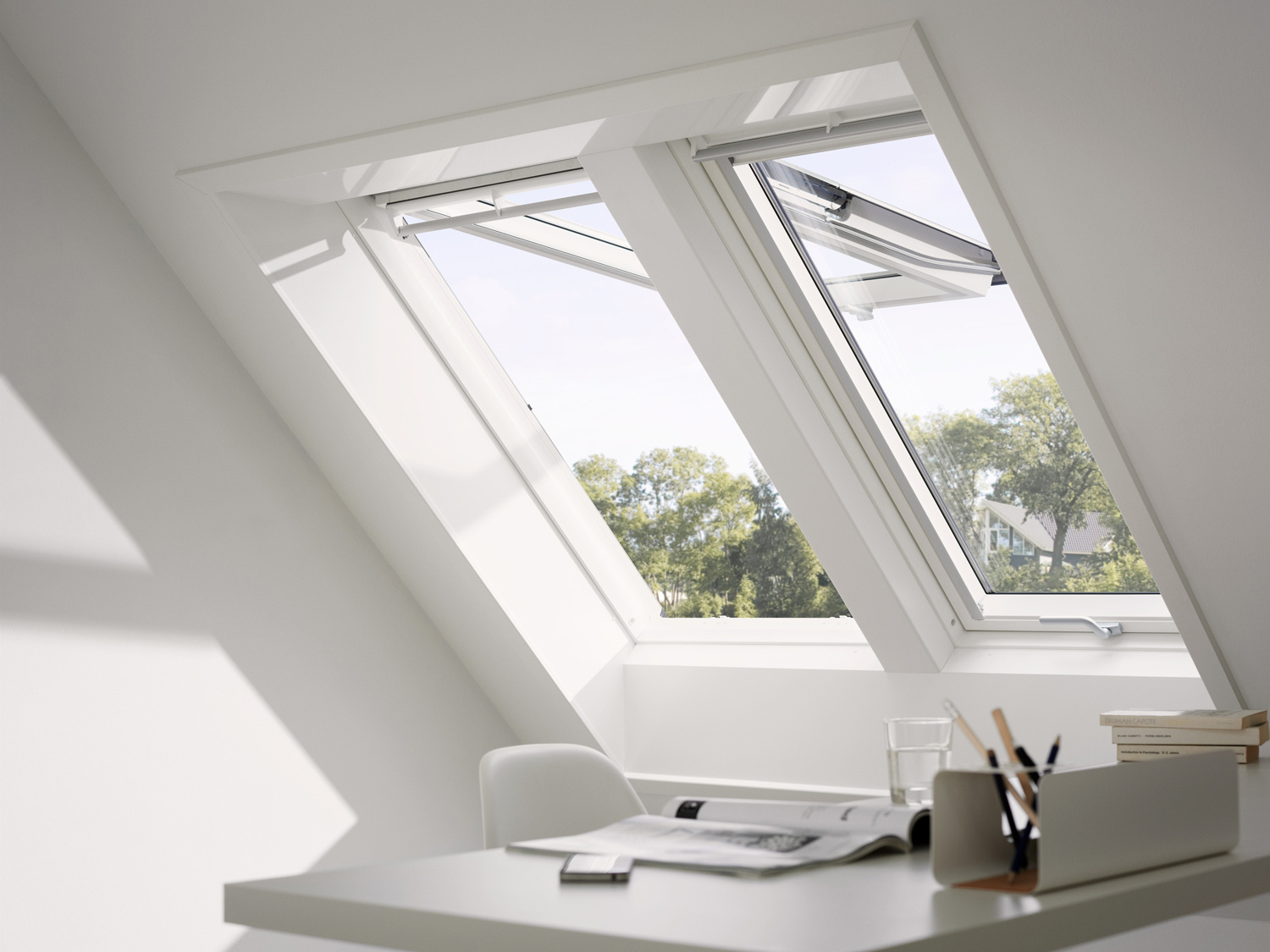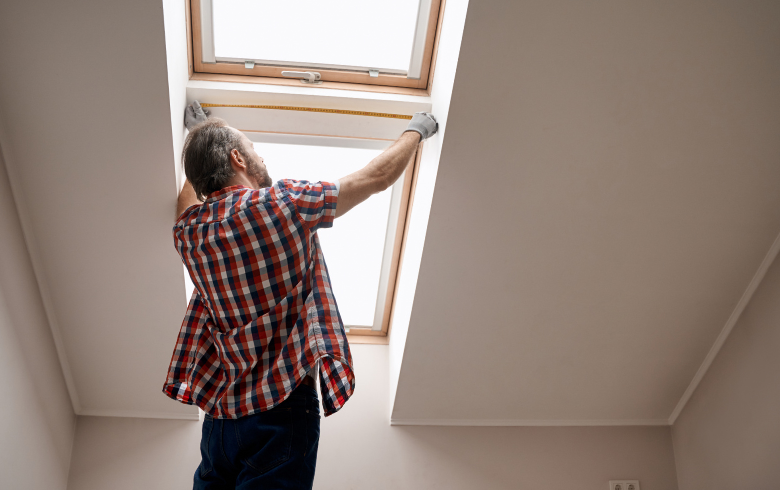Is your home office causing you pain? And not the "ugh, I can't believe it's already Monday" kind of pain.
At the office, it's generally the company's job to ensure chairs are ergonomically ideal for employees who sit at desks for up to eight hours a day. But since the start of the pandemic, many of us are finding ourselves working at kitchen tables, on the couch with a laptop, or in other sitting situations that aren't the best for desk work.
Research shows that repetitive motion, poor posture, and staying in the same position can cause or worsen musculoskeletal disorders. What's more, the habits we build at our desk, especially while sitting, can contribute to discomfort and health issues like:
- carpal tunnel
- lower back pain
- neck and shoulder pain
- obesity
- stress
The good news is that moving or stretching is a habit you can incorporate into your daily routine to help combat the aches and pains a less-than-ideal office chair can cause. Set an alarm to remind you to take a quick walk or stretch. Below, we'll go over some stretches you can do at your desk so you can keep up the habit when you're no longer working at home.
But first, a few things to keep in mind during your stretch breaks: remember to breathe normally throughout each stretch, and never hold your breath. The more you stretch, the more flexible you'll feel, but be careful not to overdo it. If you start feeling any pain, slowly back out of the stretch and return to a neutral seated position.
Desk Stretches for Your Arms
Triceps Stretches
- Raise one arm and bend it so your hand reaches back behind your neck.
- Use your other hand to pull your bent elbow toward your head.
- Hold for 10-30 seconds.
- Repeat on the other side.
Overhead Reach (Latissimus Stretch)
- Hold the side of your chair with one hand and extend the opposite arm overhead.
- Reach your extended arm to the opposite side.
- Hold for 10-30 seconds.
- Repeat on the other side.
Upper Body & Arm Stretch
- Clasp hands together over your head with palms facing outward.
- Push your arms up, stretching upward.
- Hold for 10-30 seconds.
Desk Stretches for Your Torso
Pectoralis Stretch
- Clasp hands together behind your back. If you can't keep your hands clasped, grab opposite elbows behidn your back.
- Push your chest outward, and raise your chin.
- Hold for 10-30 seconds.
Upper Back Stretch
- Extend your arms out clasp hands in front of you.
- Lower your head in line with your arms.
- Press forward and hold for 10-30 seconds.
Trunk Rotation
- Face forward with feet firmly on the ground.
- Rest one arm on the back of your chair, and twist your upper body toward that arm.
- Hold for 10-30 seconds.
- Repeat on the other side.
Desk Stretches for Your Legs & Knees
Hip & Knee Flexion Stretch
- Lean back in your chair and pull up one knee, hugging it to your chest.
- Hold for 10-30 seconds.
- Alternate legs.
Hamstrings Stretch
- Sit at the edge of your seat and extend one leg outward.
- Reach toward your toes.
- Hold for 10-30 seconds.
- Repeat on other side.
Desk Stretches for Your Head & Shoulders
Shoulder Shrug
- Sitting up straight, raise both shoulders at once up toward your ears.
- Slowly drop them down.
- Repeat 10 times.
Neck Stretches
- Relax and lean your head forward.
- Slowly roll your head toward one side and hold for 10 seconds.
- Repeat on the other side.
- Relax again and lift your chin back to starting position.
- Repeat three times for each direction.
Upper Trap Stretch
- Sitting up straight, begin to slowly lower your head toward one shoulder.
- Place your hand lightly on your head, gently pulling it toward your shoulder.
- Hold for 10-15 seconds.
- Repeat once on each side.
Other Ways to Get Moving
Stretching regularly has been shown to improve range of motion and posture, as well as provide stress relief. But it's not the only way to incorporate movement into your working from home routine. According to the Harvard School of Public Health, even short periods of physical activity can improve your mood. Here are a few other ways to get moving:
- Stand up when you're talking on the phone or during your lunch break.
- Invest in a standing desk to change positions while working.
- In a Zoom meeting or conference call? Walk a few laps around the room during discussions.
Try to get up from your seat every hour or so and get moving — your body is sure to thank you for it!
Create an Even Healthier Workspace...
...with skylights! Regular exposure to daylight and fresh air have been shown to help build focus, creativity, and better work habits. And while you're home for longer hours, natural light can help lessen your need for artificial light, reducing your energy bills and boosting the energy efficiency in your space. Want to learn more about how skylights can improve your home office space? Book a virtual consultation with one of our design experts today!





